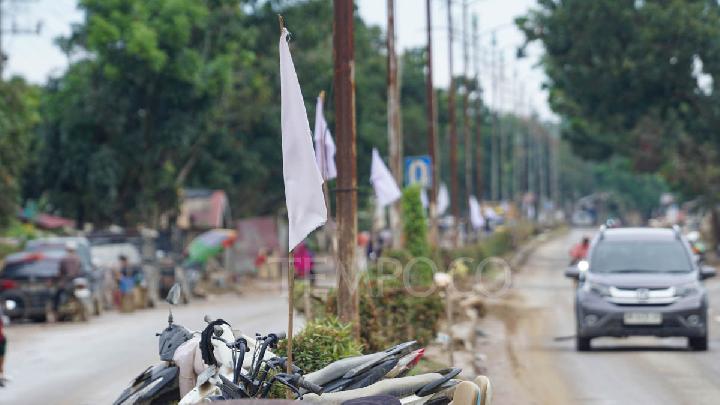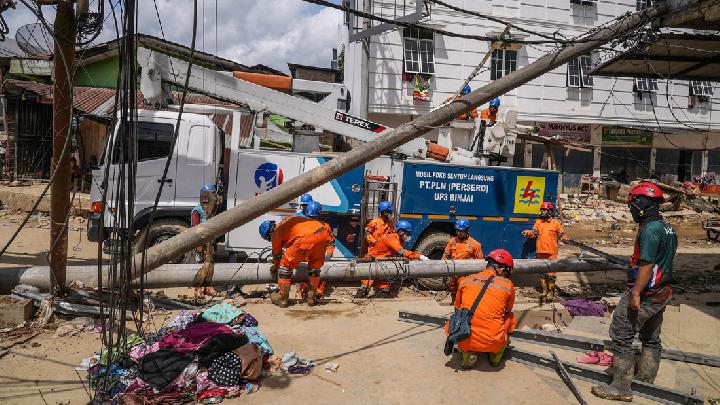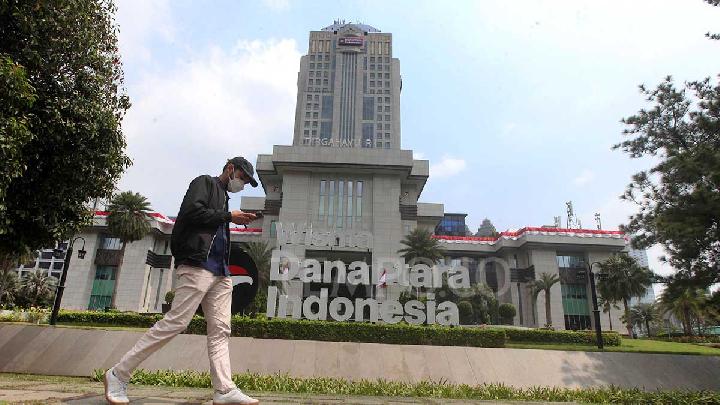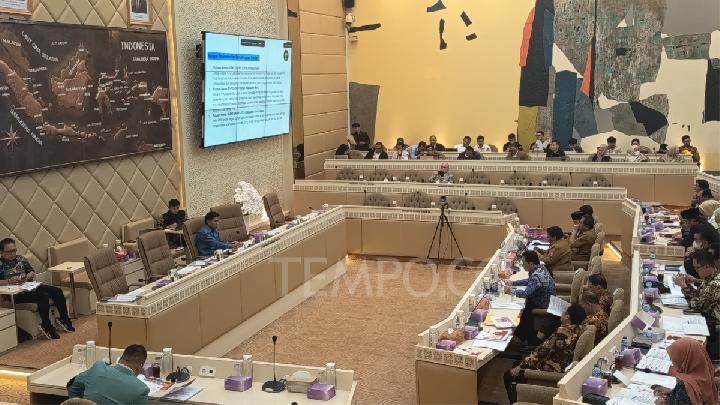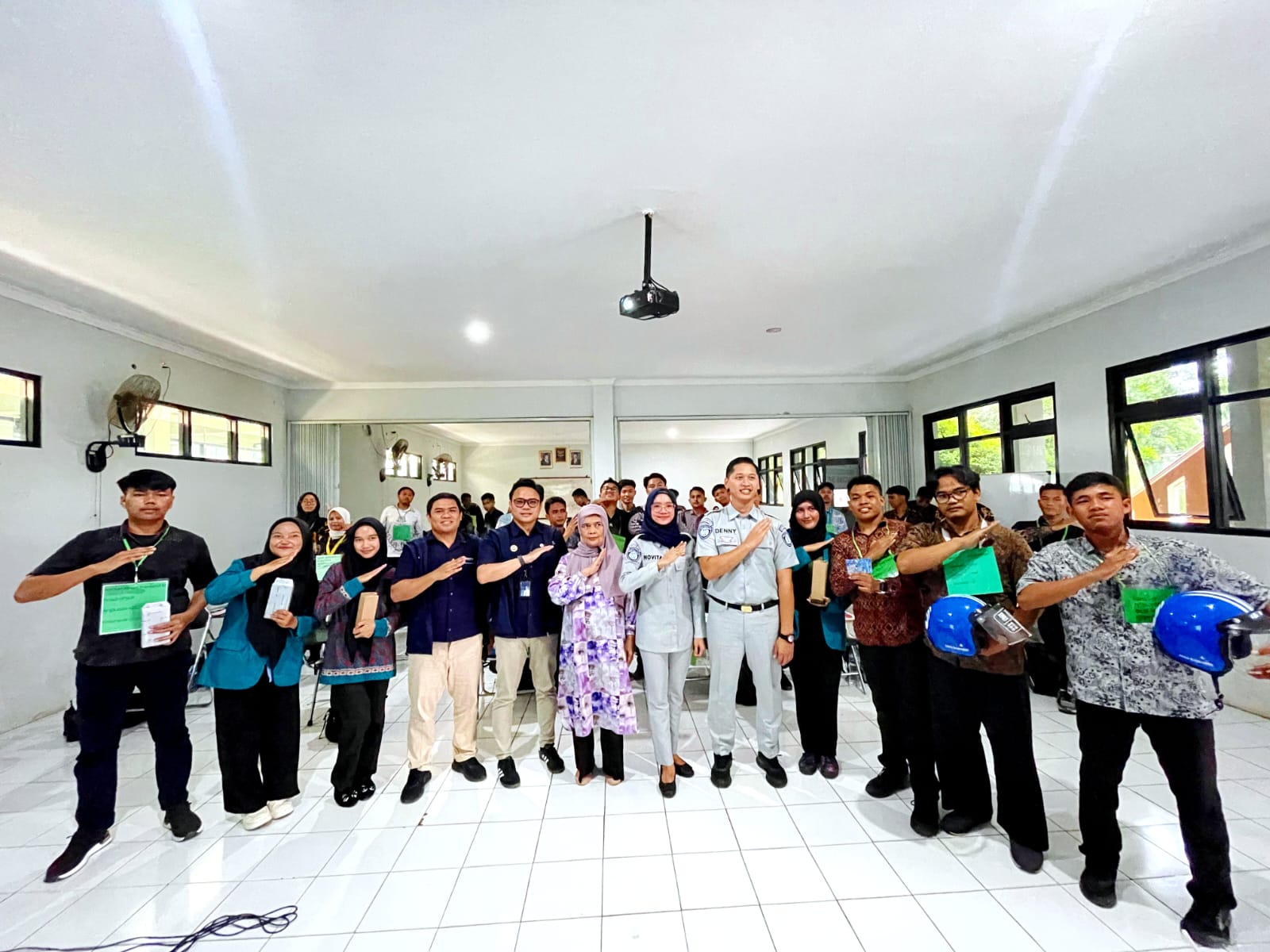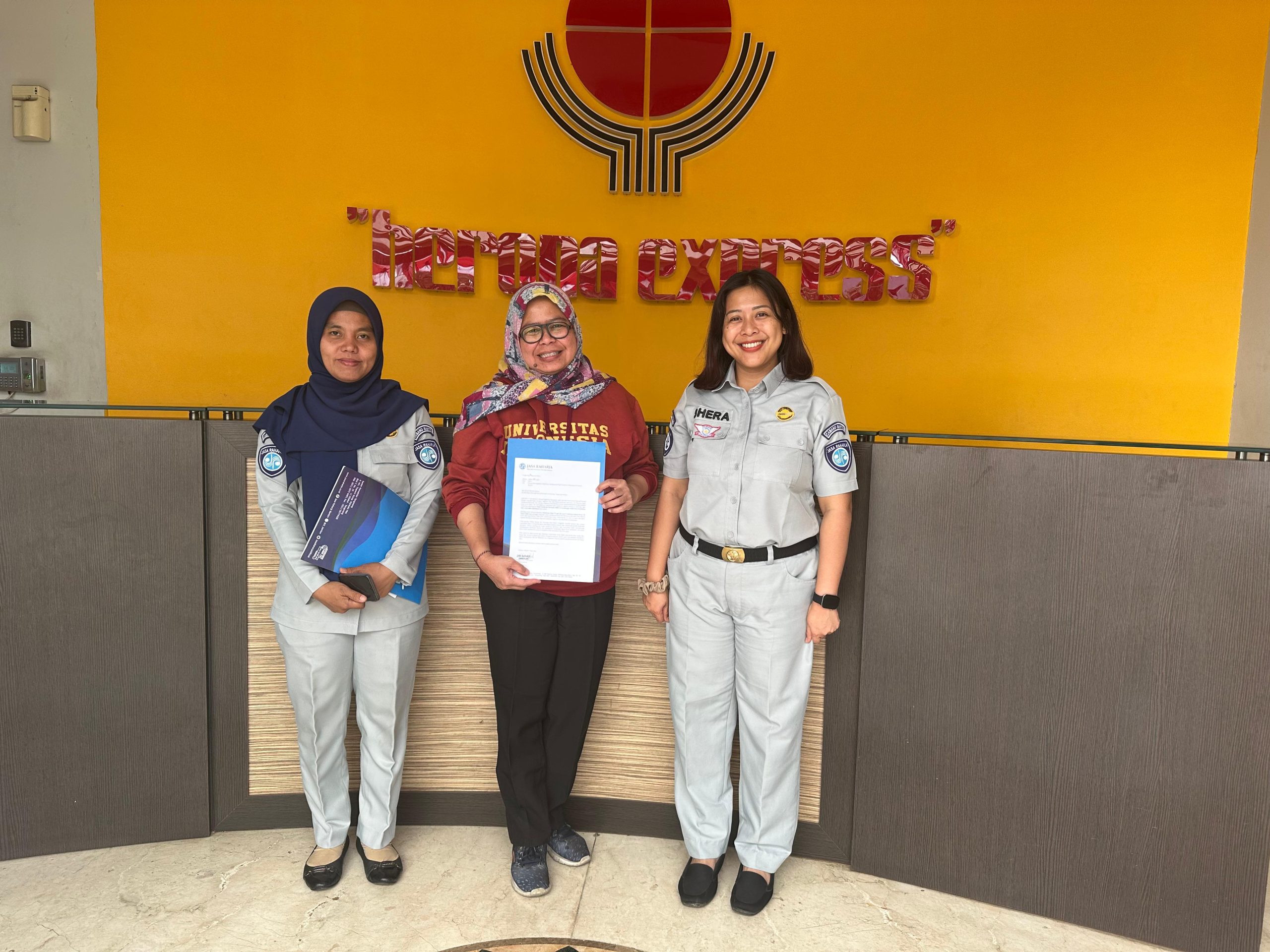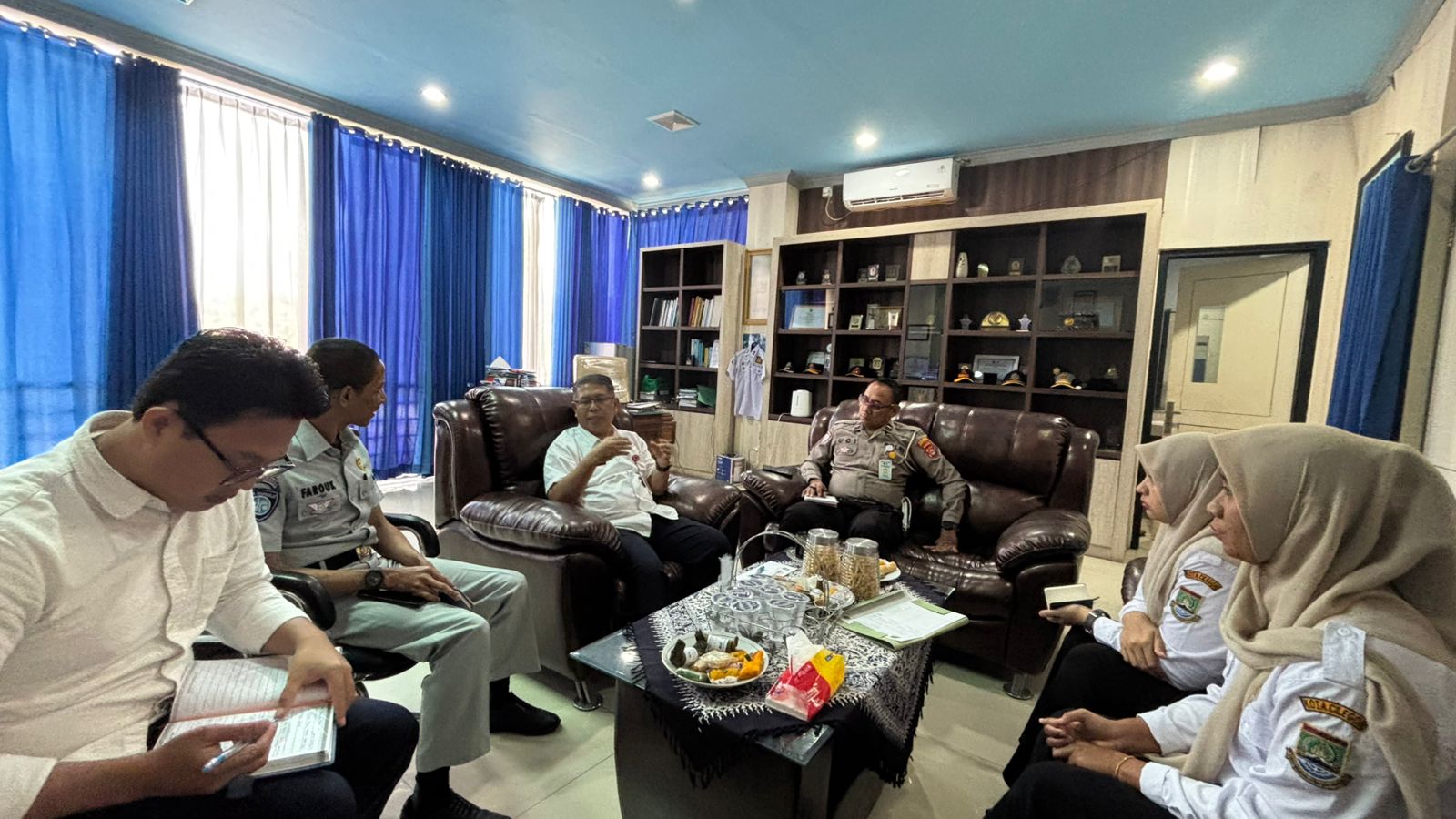TEMPO.CO, Jakarta - For over two millennia, the Dujiangyan irrigation system has stood the test of time. Dujiangyan, located at the confluence of the valley and the plain of southwest China's Sichuan Province, is not just a relic of the past. It remains fully functional and relevant today.
This irrigation system was conceptualized and built during the Qin state around 256 BC by the project leader Li Bing and his son. Unlike conventional irrigation systems, which rely on massive dams, this system utilizes three main components that regulate water flow by optimizing the natural topography: Yuzui (Fish-Mouth Levee), Feishayan (Flying-Sand Weir), and Baopingkou (Bottle-Neck Channel).
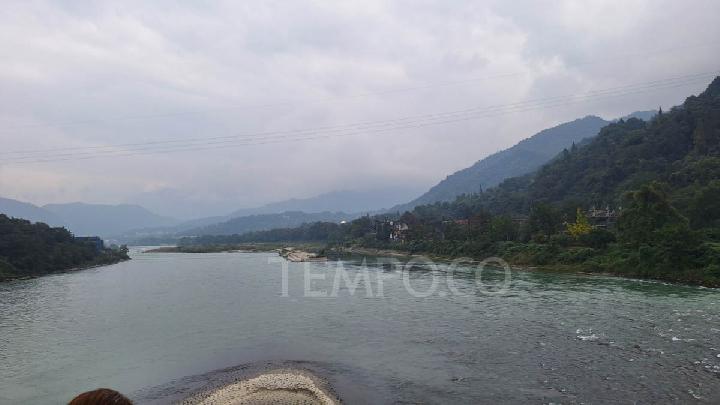 Yuzui (Fish-Mouth Levee) section of the Dujiangyan irrigation system, Chengdu, Sichuan Province, China, 19 October 2025. Tempo/RR Ariyani
Yuzui (Fish-Mouth Levee) section of the Dujiangyan irrigation system, Chengdu, Sichuan Province, China, 19 October 2025. Tempo/RR Ariyani
To this day, the Dujiangyan irrigation system is still used for irrigation, flood control, and transporting water in the Chengdu Plain. In fact, Mount Qingcheng and Dujiangyan were inscribed as UNESCO World Heritage Sites in 2000 due to their universal value.
The universal value lies in the combination of technical innovation, the cultural value of Taoism, which flourished in its vicinity, and its long-term socio-economic impact on the Chengdu plain. This system is still in use and irrigates hundreds of thousands of hectares of farmland in Sichuan.
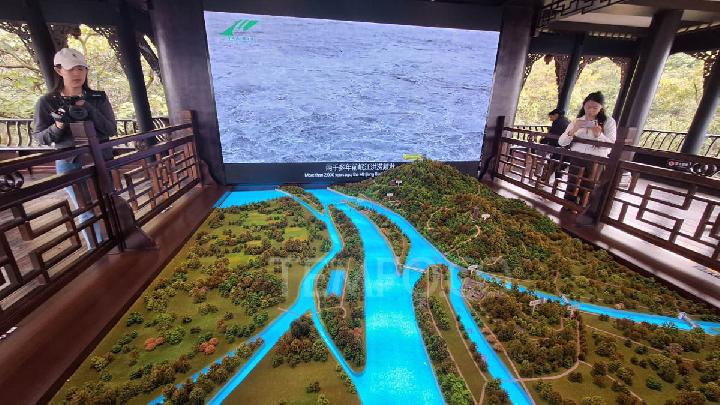 Short video presentation about the Dujiangyan irrigation system, Chengdu, Sichuan Province, China, 19 October 2025. Tempo/RR Ariyani
Short video presentation about the Dujiangyan irrigation system, Chengdu, Sichuan Province, China, 19 October 2025. Tempo/RR Ariyani
According to Siam News Network, Dujiangyan currently irrigates about 770,000 hectares of farmland in eight cities and 41 county-level administrative regions in Sichuan province. Despite major earthquakes in the region, including the one in Wenchuan in 2008, the core structure of Dujiangyan remains resilient and continues to serve water needs.
More than just an irrigation system, Dujiangyan has also become a tourist attraction. Initially, both local and international tourists flocked to the walkways leading to the suspension bridge, which offered a clear view of the Yuzui Levee and the branching river.
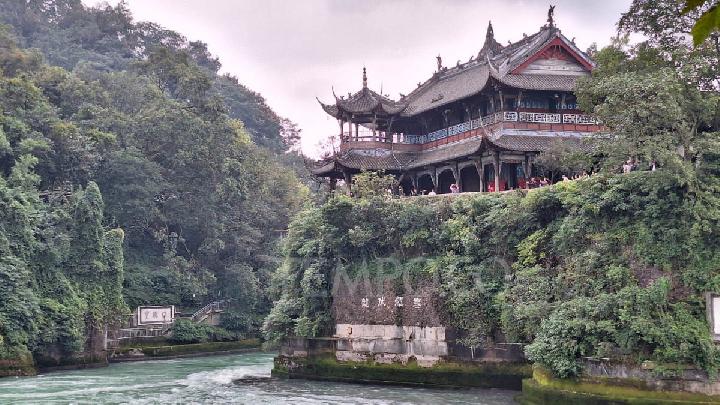 Main pavilion which is the best viewpoint to witness the entire Dujiangyan irrigation system in the Erwang Temple complex, Chengdu, Sichuan Province, China, 19 October 2025. Tempo/RR Ariyani
Main pavilion which is the best viewpoint to witness the entire Dujiangyan irrigation system in the Erwang Temple complex, Chengdu, Sichuan Province, China, 19 October 2025. Tempo/RR Ariyani
Visitors then continue their journey towards Baopingkou and other historical locations. They can also explore temple complexes, such as the Erwang Temple, which was built in honor of Li Bing.
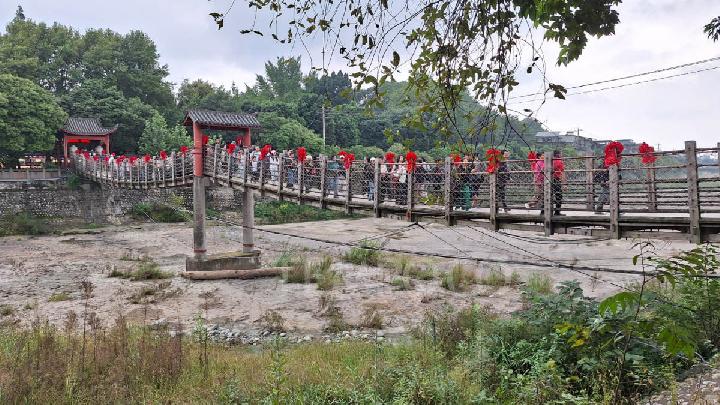 Tourists walking on the suspension bridge in the Dujiangyan irrigation system complex, Chengdu, Sichuan Province, China, 19 October 2025. Tempo/RR Ariyani
Tourists walking on the suspension bridge in the Dujiangyan irrigation system complex, Chengdu, Sichuan Province, China, 19 October 2025. Tempo/RR Ariyani
The city administration of Dujiangyan reported 28.65 million visits in 2023. During the Qingming holiday of 2024, class A tourist sites in Sichuan, including Dujiangyan, recorded a surge of up to 10.78 million visitors.
Approximately 7.8 million visits were recorded in 2024. The Dujiangyan irrigation system now serves two purposes: it is both a historical heritage site and an economic growth engine and tourist attraction.
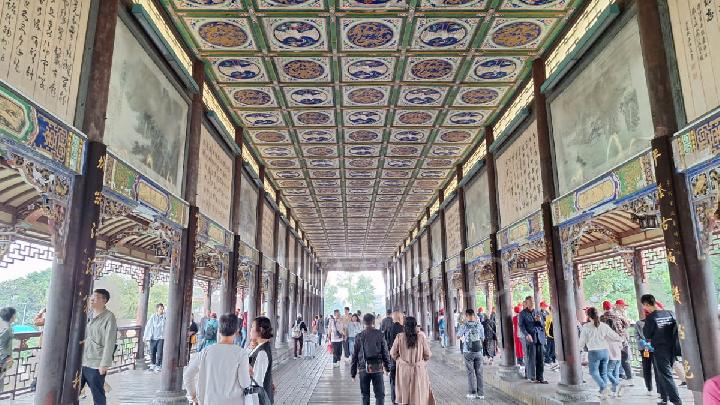 Pathway to the temple complex displaying wooden columns and ornamental ceilings, another part of the Dujiangyan irrigation system, Sichuan Province, China, 19 October 2025. Tempo/RR Ariyani
Pathway to the temple complex displaying wooden columns and ornamental ceilings, another part of the Dujiangyan irrigation system, Sichuan Province, China, 19 October 2025. Tempo/RR Ariyani
In an article titled Dujiangyan Irrigation System - a world cultural heritage corresponding to concepts of modern hydraulic science published in the journal Hydro-environment Research in 2010, it emphasizes that academic research and practical applications in Asia demonstrate the usefulness of the Dujiangyan principles for disaster mitigation and sediment management. However, its technical implementation always requires local adaptation.
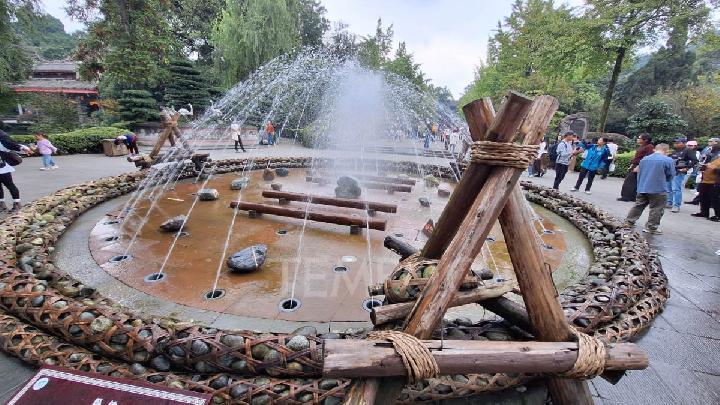 Three-dimensional installation depicting the Dujiangyan irrigation system, Chengdu, Sichuan Province, China, 19 October 2025. Tempo/RR Ariyani
Three-dimensional installation depicting the Dujiangyan irrigation system, Chengdu, Sichuan Province, China, 19 October 2025. Tempo/RR Ariyani
According to Shuyou Cao, Xingnian Liu, and Huang Er in the article, direct replication of this system is quite challenging because of its highly specific geological and hydrological conditions. As a result, instead of replicating its physical form, many engineers and planners have borrowed its approach: understanding the river, utilizing the topography, and designing infrastructure that is more compatible with nature.
Reported by Tempo's journalist from Chengdu, China
Editor's Choice: A Day in Chengdu's People's Park: Kung Fu Tea, Opera, and a Matchmaking Corner
Click here to get the latest news updates from Tempo on Google News


